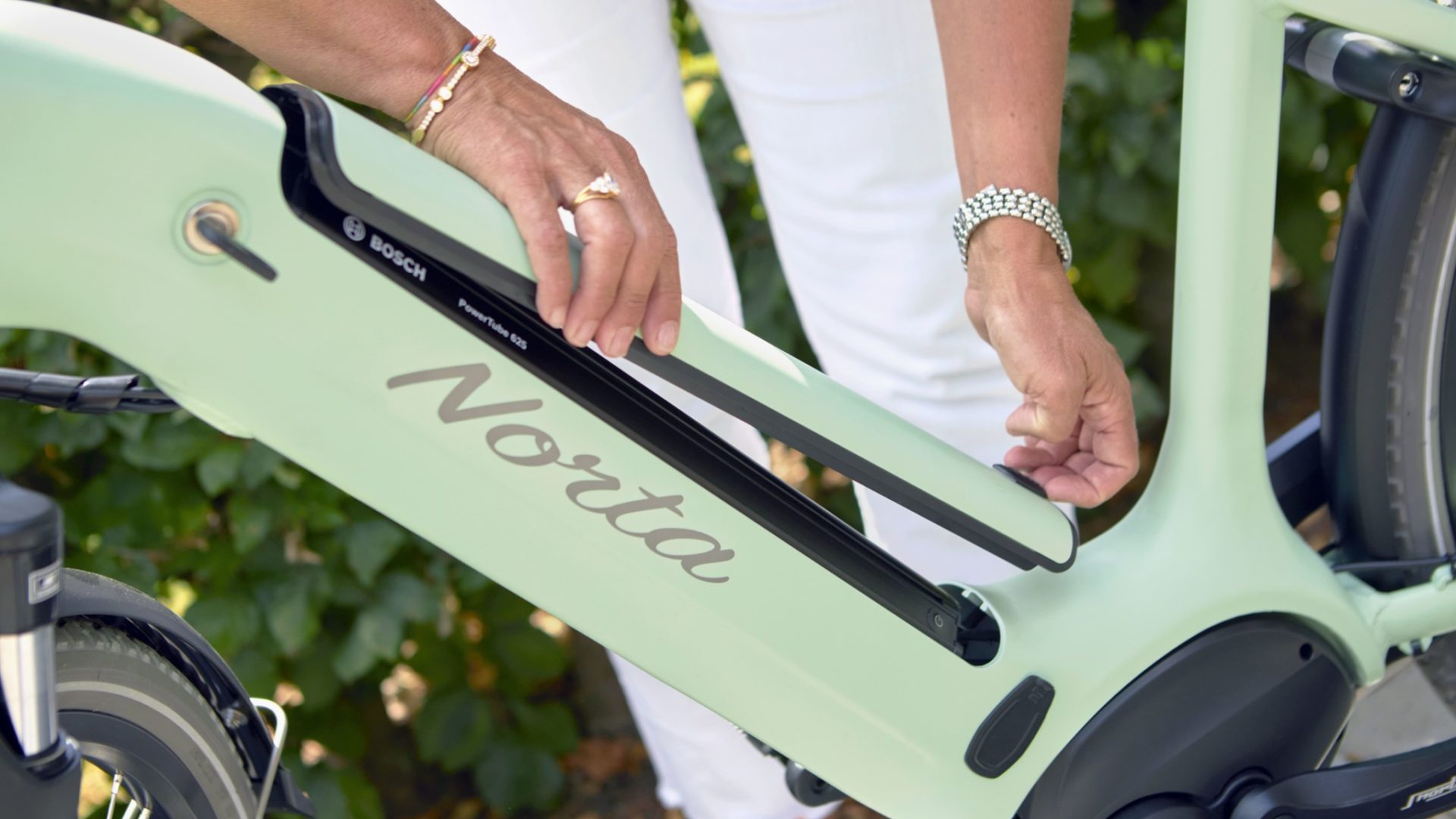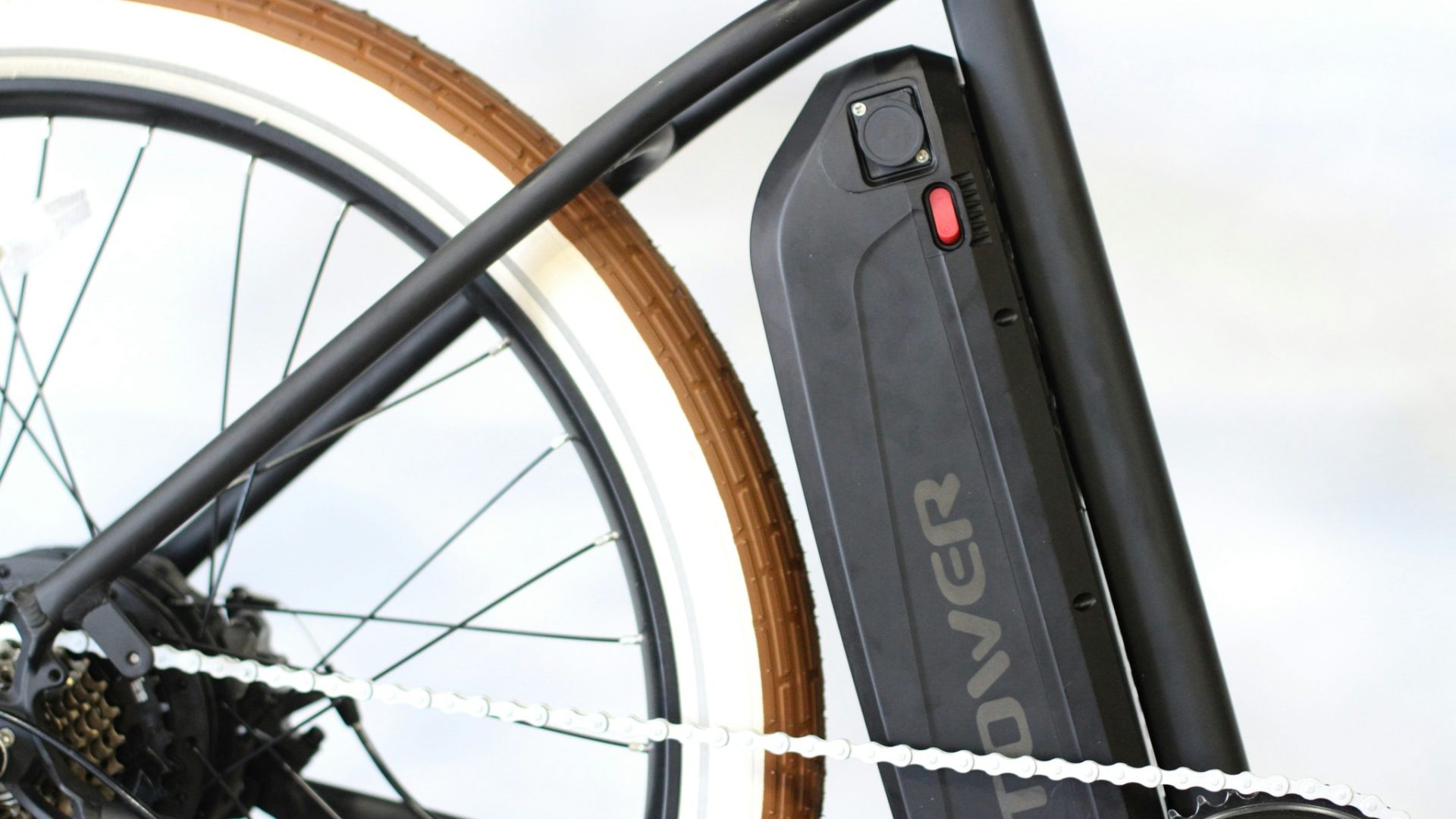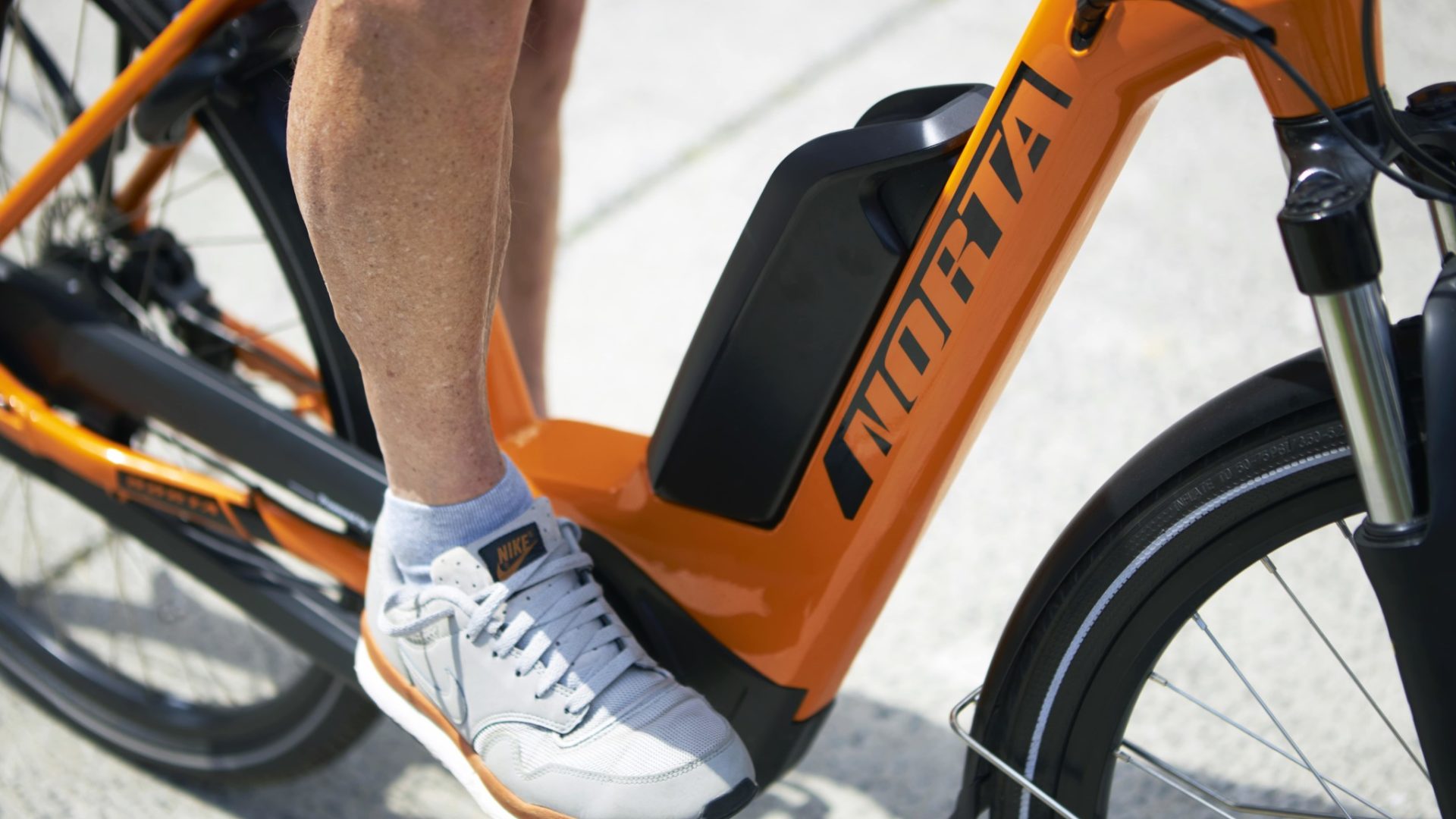Six tips to give your e-bike battery a longer life
The battery on your bicycle is something to use sparingly, and ideally you don’t want to lose capacity. Unfortunately, as time goes on, your action radius declines. But that’s no problem! Thanks to these tips from Ivo van de Laarschot at Twindis, you can limit capacity loss and your battery will last longer.
1. Avoid extreme heat or cold
Your bike battery does not like extreme temperatures, neither hot nor cold. “The best temperatures for a bike battery are between 10 and 25 degrees Celsius. When the temperature is low, a battery will go flat faster. At temperatures above 25 degrees, on the other hand, the battery cells get too hot, causing them to wear out faster,” says Ivo.
Keeping your bicycle outside in the summer or winter? Or in an uninsulated garage? Always make sure to take your battery inside to avoid unnecessary energy loss or damage. Have you just returned from a cycle ride during a heatwave or freezing winter’s day? Allow the battery to return to room temperature before you start charging.

2. Your battery doesn’t like the rain either
Many cyclists are averse to a heavy shower, and your bicycle battery is no different. A ride in the rain is no problem, since your battery is splash resistant. But leaving your bicycle outside on very rainy days? That’s not such a great idea according to Ivo: “If you leave your bicycle somewhere without a roof or protection, then it’s best to take your battery inside.”
If the battery got wet after all, then Ivo has some more good advice: “It could be that your battery no longer works which means you must be careful. Be sure to let the battery dry out well before connecting it to the charger, that is, if you want to avoid a short circuit.”
Do you want the best for your lease bicycle?
Then sign up for our quarterly newsletter and receive handy bicycle tips, exciting cycling stories, bike inspiration and much more besides! Don’t miss out!
3. Give your battery some thought, even when you’re not using your bicycle
Are those rainy autumn and icy winter months a time when your bicycle gets little use? Then it’s still best to give your battery some attention. When storing your bicycle away for its ‘winter hibernation’, make sure the battery is charged. Ideally, your battery will be a minimum of 40% when you put your bike away for the winter and you should check regularly that the battery is sufficiently charged.
Why is that? “An empty battery that is unused for a long period can become deeply discharged. In the case of deep discharge, the energy in the cells goes below a critical level, which means they can no longer absorb new energy. That has dramatic consequences for your battery capacity. It can even put your battery entirely out of action,” explains Ivo.
If you use your bicycle regularly, there’s no risk of your battery becoming empty. So then there’s no need to worry about deep discharge. It’s only when your bicycle and battery stand still for a long time that it’s advisable to ensure that your battery is sufficiently charged.

4. Use the correct charger
There are square pegs and round holes and the same applies to bicycle chargers. The charging connection on a bike battery differs on almost every battery, and the charging voltages also vary from battery to battery.
If you don’t have your own charger with you or your battery is broken and you’re looking for a replacement, always make sure to check both the voltage and the connection (plus the number of pins). Not sure which charger you need? Then we recommend that you consult a dealer or expert.
“A charger with excessive voltage can cause your battery to overload. Most batteries are protected from this, but if your battery is already unstable for some reason or another, excessive voltage can still cause an overload. That can disrupt your battery’s operation or may break it. In the worst cases, there is even a risk of fire,” explains Ivo.
5. Limit the charging time
Is your battery charged? Then remove it from the charger. In fact, charging your battery for longer than necessary has a negative impact on the life of your battery. Also, it’s not advisable to leave your battery charging all night unsupervised.
“If you leave your battery charging for too long it can cause wear in the battery cells. Also, due to the risk of fire it’s not recommended to leave your battery charging unattended. After all, the cells get hot when charging, causing the risk of fire,” says Ivo.
More tips like these?
Subscribe to our quarterly newsletter and receive our fascinating newsletter packed with handy tips, cycle facts, inspiration and news!
6. Update your battery
Make sure that the firmware and software of your e-bike are up to date. Manufacturers regularly launch updates which significantly improve your battery efficiency. This is certainly the case for brands like Bosch, Shimano, BMZ and others. If your bike battery brand is from a cheaper category, then there will be less frequent updates.
With these tips, you can ensure that your battery lasts a long time, and that’s good because you can avoid having to buy an expensive new battery. Did you find these tips interesting? Then be sure to check our tips about cycling safely through weather and winter!
How many kilometres can you do with one battery charge? Find out below!

How far can you get with one battery charge?
The action radius of an e-bike is quite simply the number of kilometres you can cycle with one battery charge. That’s generally between 40 and 120 kilometres. The exact number depends on a number of factors.
The battery capacity (Wh) determines how far you can get with one charge. The greater the capacity, the further you’ll be able to ride with one charge. But the type of terrain makes a difference too: on a bumpy path, your battery will empty more quickly than on a smooth street.
Taking lots with you? When carrying a heavier load, your motor needs to work harder, which means your battery will empty more quickly. In fact, the same applies when there’s lots of resistance, for example, when the tyre pressure is too low, the state of your chain and gears is suboptimal, or when there’s a strong headwind.
Keen to keep your bicycle in top condition? Be sure to read our blog: ‘How often do I need to maintain my lease bicycle?’.
Last of all, the settings on your board computer also influence how far you get with one charge of your battery. Those riding permanently on ‘turbo’ will get less far on one charge than those cycling on ‘eco’.
So, now you’re geared up with plenty of tips to get the most kilometres out of your battery and to transform your e-bike into a real marathon runner. Enjoy every cycling adventure and always be on a #smartmove!
Stay up to date
Would you like to receive bicycle tips, news, stories, etc. more often? Subscribe to our newsletter and receive practical tips, fun facts and exciting contests in your mailbox four times a year!
I sign up for the newsletter


